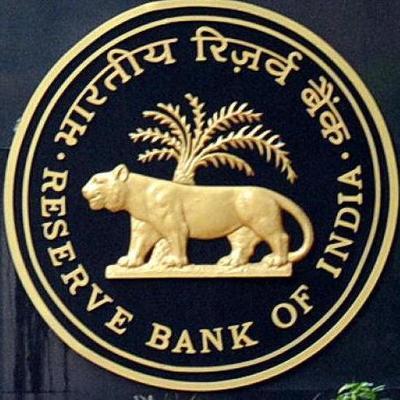Inflation has emerged as a threat to economic growth and markets, globally. In US, inflation touched 8.3 percent in April; in the Euro Zone inflation is at 7.5 percent and in UK at 9 percent. In countries like Turkey and Sri Lanka there is hyperinflation. In India, CPI inflation is at 7.8 percent and WPI inflation is at 15.08 percent. Rising inflation has negative implications for the economy and markets in the short run.
A combination of factors has contributed to the rising inflation. Humungous liquidity created by the leading central banks of the world, particularly the Fed, supply chain disruptions caused by the widespread lockdowns in China and the spike in energy and commodity prices triggered by the Ukraine war have resulted in high inflation, globally. Central banks are tightening monetary policy. Interest rates are going up.
Recognizing the seriousness of the situation, the MPC in an out-of-cycle meet raised policy rates by 40 bp and initiated mopping up excess liquidity by raising CRR by 50 bp. It is almost a foregone conclusion that the MPC will vote to raise rates again in the June meet. As the RBI Governor remarked in an interview, “the rate hike is a no-brainer.” The unknown is: by how much will the MPC raise rates? Rate hike expectations vary between 25 bp to 50 bp.
It is important to appreciate the fact the current bout of inflation is the consequence of a combination of demand and supply factors. The war in Ukraine and the consequent spike in commodity prices, particularly crude, is a major factor contributing to inflation. Now, it appears that the war is likely to linger longer and, therefore, crude price is likely to remain elevated. The war has also pushed up the prices of food items like edible oil.
MPC may frontload rate hikes with a 50 bp hike
Inflation expectations are high and therefore, the MPC can be expected to move fast to ‘anchor inflation expectations.’ This can be done effectively by frontloading rate hikes, rather than waiting for inflation to peak. So, don’t be surprised in the Governor announces a rate hike of 50 bp on June 8. The central bank may also signal the end of accommodative stance.
Investors can rebalance their portfolios
Investors may rebalance their portfolios in this rising rate environment. Inflation hurts certain sectors more and others less. FMCG is one segment that is likely to face margin pressures from rising input costs. Higher coal prices will add to the cost of production of cement, and higher crude prices will push up the cost of production of a host of commodities like paints. But companies with pricing power will pass on the increased costs to consumers and protect their margins. So, it is important to know which companies have pricing power and which don’t.
Services sector will be less impacted
A safe bet under inflationary conditions would be the services sector. For the services sector, inputs are human resources, not commodities. So, the impact of inflation will be far less. Financial services, particularly banking, is good for investment now. Rising interest rate scenario will increase the margin of banks since deposit rates lag lending rates. The marginal drop in treasury income will be more than compensated by credit demand growth. Other financial segments like NBFCs, insurance, and fintechs also are likely to do well.
IT, after the recent correction, looks good for investment. Since most IT companies are zero debt companies, inflation and higher interest rates are unlikely to impact the sector. More importantly, IT gains from rupee depreciation.
First published in Financial Express








